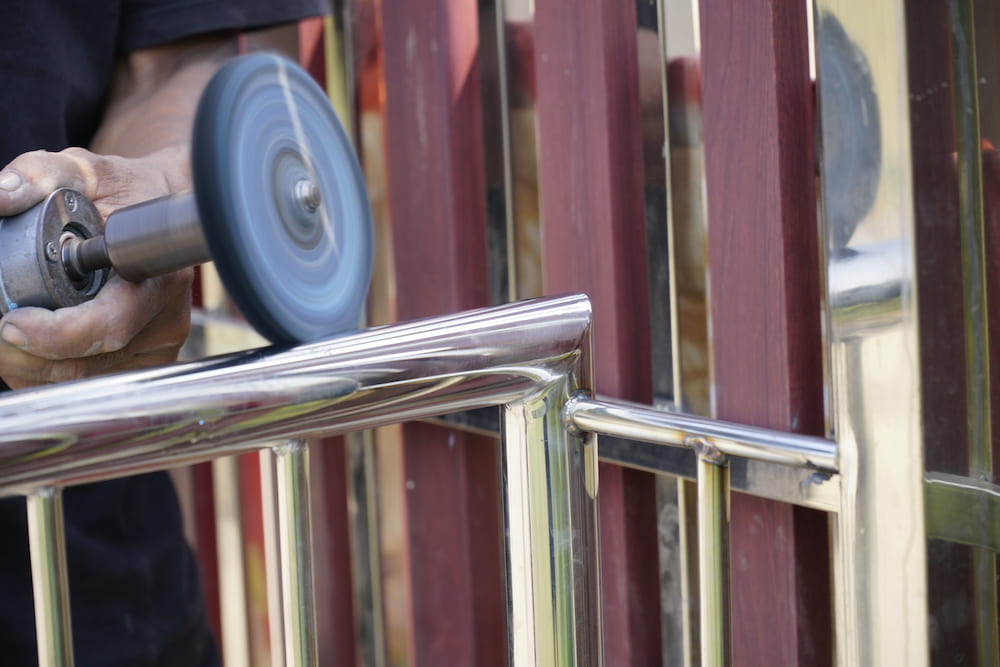Selecting the right stainless steel finish for your application is very important. You are probably looking for a long lifespan, corrosion resistance and low maintenance needs. The right finishing is the way to guarantee that stainless steel will behave as expected.
However, the process can be somewhat confusing. There are different standards that offer their own designation for each type of stainless steel surface finish. Some manufacturers even create in-house standards to designate the surface finishes of their products.
To make it simpler for you, we recommend focusing on the most recognised standards around the world. For example, both EN and ASTM standards are very common. Therefore, we are using these as our examples.
Fractory’s laser cutting service for stainless steels offers instant quotes online with a variety of surface finish possibilities available for selection.
Stainless Steel Finishes According to EN and ASTM Equivalents
Let’s start by comparing the EN and ASTM finishes in a table format. This gives you a great overview of the possibilities using both standards. We’ll get into the details of each finish later in the article.
Mill Finishes
| EN Designation | ASTM Equivalent | Description |
|---|---|---|
| 1D | No. 1 | Hot rolled, heat treated and pickled. Rough surface but free of milling scale. |
| 2B | No. 2B | Cold rolled, heat treated, pickled and skin passed. Smooth surface. |
| 2D | No. 2D | Cold rolled, heat treated and pickled. Smooth surface. |
| 2H | TR | Work hardened. Cold worked for higher strength. Bright surface. |
| 2R | BA | Cold rolled, bright annealed and skin passed. Smooth, bright and reflective surface. |
| 2Q | – | Cold rolled, hardened and tempered. Scale-free surface. |
Polished and Brushed Finishes
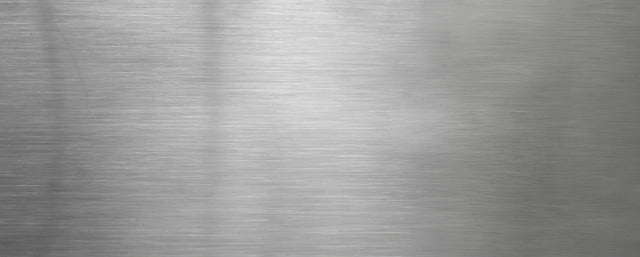
| EN Designation | ASTM Equivalent | Description |
|---|---|---|
| 1G-2G | No. 3 | Ground. Grade of grit or surface roughness can be specified. Unidirectional texture, not very reflective. |
| 1J-2J | No. 4 | Brushed or dull polished. Grade of brush, polishing belt or surface roughness can be specified. Unidirectional texture, not very reflective. |
| 1K-2K | No. 6 | Satin polished. Additional specific requirements to a J-type finish for adequate corrosion resistance in marine and external architectural applications. |
| 1P-2P | No. 7-8 | Bright polished. Process or surface roughness can be specified. Non-directional finish, reflective with a high degree of image clarity. |
Patterned & Coloured Finishes
| EN Designation | ASTM Equivalent | Finish | Description |
|---|---|---|---|
| 2F | No. 2D | Patterned Finish | Cold rolled, heat treated, and skin passed on roughened rolls. Bright annealing or annealing and pickling. Uniform non-reflective matt surface. |
| 1M | – | Patterned Finish | Design upon agreement. One side is flat. Plates used on floors. |
| 2M | – | Patterned Finish | Design upon agreement. One side is flat. Fine texture is mainly used for architectural applications. |
| 2W | – | Patterned Finish | Design upon agreement. Both sides with corrugated texture, used to increase strength and/or for aesthetics. |
| 2L | – | Coloured Finish | Colours upon agreement. Colour is obtained by a chemical process. |
| 1S-2S | – | Surface Coating | Generally coated with tin, aluminium or titanium. |
Mill Finishes for Stainless Steel
Mill finish is the basic supply condition for stainless steels, no matter whether they are cold or hot rolled. However, most of these steels require further finishing processes to meet the requirements of certain applications.
Here is an in-depth description of the stainless steels that fall into this group according to the table above.
1D Stainless Steel Finish – Hot Rolled, Annealed & Pickled
After the steel is hot rolled in the mill, it is then put through a heat treatment called annealing. Annealing consists of heating the steel and letting it cool down slowly to remove internal stress and reduce hardness. This makes it more ductile and workable.
After the annealing process, the 1D stainless steel is ready for the last step to achieve the designated finish – pickling. This process consists of cleaning the surface with acid to remove the scales. Scales form during the previous processes, hot rolling and annealing.
- Personal account manager
- Quality assurance
- Payment terms for companies
- On-time delivery by Fractory
The resulting surface is slightly coarse with very low reflectivity and a typical average roughness (Ra) between 4…7 micrometers.
1D stainless steel is sometimes used as the starting point for polished finishes. However, common applications of this stainless steel surface finish involve non-decorative purposes. Thus, the visual appearance is not always relevant. Some examples include:
- Unexposed support systems
- Structural applications
- Air heaters
- Furnace conveyors
- Heat exchangers
- Oil burner parts
2D Surface Finish – Cold Rolled, Annealed & Pickled
As this steel is cold rolled rather than hot rolled, the surface finish is more refined. The annealing and pickling processes improve its characteristics in a similar way as with the 1D stainless steel. In this case, pickling is necessary because annealing is performed to remove stress and reduce the hardness resulting from cold rolling.
The surface finish has a low reflective matt appearance with typical average roughness values ranging from 0.4 to 1.0 micrometers.
Similarly to the 1D surface finish, the 2D can be the starting point for polished finishes. It can also be used for some industrial and engineering needs with less critical aesthetics. Common applications for 2D stainless steels are:
- Railcar parts
- Automotive exhaust systems
- Builders’ hardware
- Chemical equipment
- Electric range parts
- Stone anchors
- Roof drainage systems
- Petrochemical equipment
2B Finish – Cold Rolled, Annealed, Pickled & Skin Passed
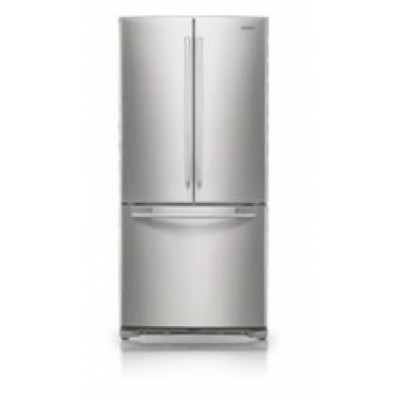
Another cold rolled stainless steel where the process is similar to producing 2D. The difference is that there is an extra step in producing 2B stainless steel surface. That step is rolling it one final time with highly polished rolls known as bright rolls.
The typical average roughness obtained is between 0.1 and 0.5 micrometers. So the result is a smooth, slightly to moderately reflective surface with good flatness control.
Due to its dull grey and not very reflective appearance, it is only used in architecture when uniformity of finish is not a requirement. Common applications for the 2B stainless steel finish include, but are not limited to:
- Baking equipment
- Refrigeration
- Food processing application
- Tanks and vessels
- Vacuum drum dryers
- Solar collector panels
- Pharmaceutical equipment
2R Finish – Cold Rolled, Bright Annealed & Skin Passed
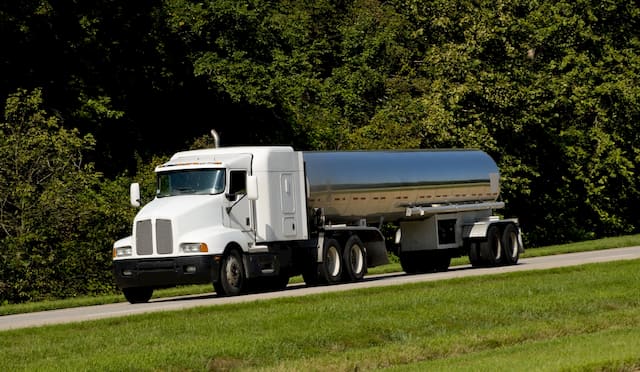
Again, there is only a small difference with previously described surface finishes. In this case, we have the bright annealing process added. It consists of annealing the steel under oxygen-free conditions to protect it from oxidation and scaling.
The resulting stainless steel finish is capable of reflecting clear images. It is very smooth and less likely to harbour airborne contaminants and moisture compared to any other mill finishes. This easy-to-clean finish has a typical Ra between 0.05…0.1 micrometers.
The 2R, also known as BA stainless steel, is commonly used for domestic applications. Also for applications where reflection is important but its precision is not. Some examples are:
- The inner part of washing machines and dishwashers
- Commercial refrigerators
- Food processing equipment
- Builders’ hardware
- Surgical instruments
- Highway truck trailers
- Road mirrors
2H Finish – Cold Rolled & Work Hardened
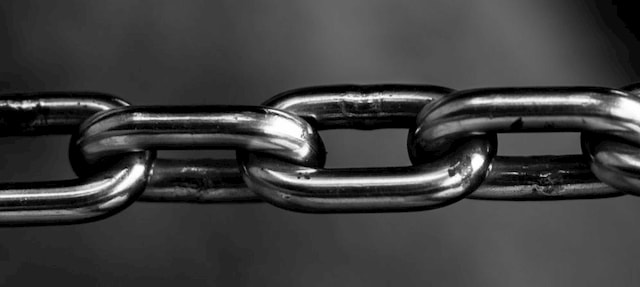
This one is a little different from the rest of the mill finishes. Here, the metal is cold worked after the cold rolling process in order to obtain improved strength. The hardening is done by means of temper rolling on polished rolls. 6 different levels of strength are available depending on the yield strength, tensile strength and elongation.
The result is a fairly smooth reflective finish. Surface roughness for the 2H finish is defined by manufacturers and it depends on the temper rolling process.
The most common applications of the 2H stainless steel finish include:
- Automotive applications
- Chains
- Machines and instruments
- Press plates
- Surgical instruments
- Implants
- Stamping parts
2Q Finish – Cold Rolled, Hardened & Tempered
The 2Q stainless steel finish is very similar to the 2H finish, as it is cold rolled and later hardened. The difference is that the 2Q is hardened and tempered in a protective atmosphere or descaled after heat treatment. Therefore, it is specifically used on martensitic steels which are the ones that respond to these treatments.
The surface of the 2Q finish is smooth and free of scale. Again, surface roughness is defined by manufacturers.
Being very similar to the 2H, the applications are almost the same, including but not limited to:
- Automotive applications
- Machines and instruments
- Surgical instruments
Mechanically Polished & Brushed Stainless Steel Finishes
A few recommendations apply when selecting a stainless steel for your application. As a starting point, choose a mill finish that is the closest to the desired outcome. This way, the number of additional processes can be minimised.
However, there are standard finishes that are achieved by mechanically polishing and brushing the surface. This means that the surface will be processed by using abrasive materials that effectively cut the surface of the steel to a desirable degree.
The resulting surface finish for mechanically polished and brushed stainless steels will depend on different aspects. Those include the original surface (starting point), type and texture of the polishing belts and brushes, and the nature of the polishing process used.
Here are the details of the stainless steel finishes that fall into this group based on the table above.
1G – 2G Stainless Steel Finish
This finish is obtained by grinding. The 1G refers to a hot rolled starting point whereas the 2G refers to cold rolled.
Due to the process used, the resulting finish provides a rather coarse, unidirectional surface with low reflectivity. The surface roughness can be defined by the manufacturer and agreed with the customer upon request. Most manufacturers define the Ra up to 1 micrometer.
Still, it depends on the material and roughness of the grinding belts. The 180 grit and 240 grit ones are the most common.
Generally, common applications of this finish are:
- Brewery equipment
- Food processing equipment
- Kitchen equipment
- Scientific apparatus
- Indoor architectural applications
1J – 2J Stainless Steel Finish
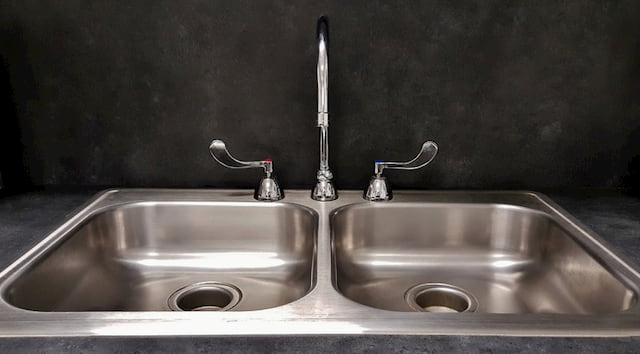
The starting points for these finishes are the same as the previous ones. But now the hot rolled or cold rolled steels are processed with polishing belts or brushes. Thus achieving a more refined surface compared to the 1G-2G surfaces.
However, the result is still unidirectional and not very reflective. The grade of the brush, polishing belt or surface roughness can be specified by the manufacturer. Typical average roughness is between 0.2…1.0 micrometers, although most manufacturers prefer to stay around 0.4…0.6 micrometers for the 1J – 2J finishes.
Some of the most common applications for the 1J – 2J stainless steel finish are:
- Architectural wall panels
- Beverage equipment
- Highway tank trailers
- Furniture
- Elevator doors and interiors
- Sinks
- Sterilisers
1K – 2K Finish
The starting point is usually hot rolled or cold rolled steel, annealed, pickled and skin passed. Then, finer grit belts and brushes give the steel a satin polish.
The 1K – 2K finish provides a smooth reflective surface with an average roughness of 0.5 micrometers or lower, with some manufacturers getting as low as 0.06 micrometers.
The finish is highly corrosion resistant. Also, you can define additional requirements for adequate corrosion resistance for marine and external architectural applications.
For example, common applications include:
- Exterior architectural applications where atmospheric performance is essential
- Coastal environments applications
- Ornamental applications
1P – 2P Stainless Steel Finish
ARVE error: url: https://www.googleapis.com/youtube/v3/videos?part=snippet%2Cstatistics&id=GTJmlXSCD0A&key=AIzaSyAQ7WFzTAUrOX-FjsIrFS3JwZBFzgIvloc Status code 200 expected but was 403.
The same starting point as the 1K – 2K finishes. The last process, in this case, is polishing and buffing with soft cloth mops and special polishing compounds. This helps to achieve a bright polished finish.
The 1P – 2P are non-directional, ultra-smooth and highly reflective finishes with a high degree of image clarity in the reflection. Typical Ra values for these stainless steels are below 0.1 micrometers.
Considered the best surface for corrosion resistance, the 1P – 2P finishes have many applications. For instance, you may find this type of surface finish used for:
- Column covers
- Ornamental trim
- External wall panels
- Mirrors
- Reflectors
- Signage
Patterned Finishes for Stainless Steel
Producing patterned stainless steel finishes includes pressing or rolling with patterned rolls. These operations result in an effectively stiffened sheet. As a result, this allows for thinner gauge cladding, a subsequent possible cost saving and overall weight reduction.
The pattern can be applied on one side or on both sides to achieve the 2-sided patterned stainless steels.
These are the designations that fall into this group.
2F Finish
It usually starts with a 2B or 2R mill finish. So, the common processing involves cold rolling, heat treatment, and skin pass on roughened rolls. Sometimes, bright annealing or annealing and pickling can be performed.
The result is a low-reflective stainless steel finish. It is a uniform matt surface on both sides of the sheet. Surface roughness is defined and agreed upon request.
The most common applications for this surface finish include:
- Automotive exhaust systems
- Builders’ hardware
- Chemical equipment
- Roofing
1M – 2M Stainless Steel Finish
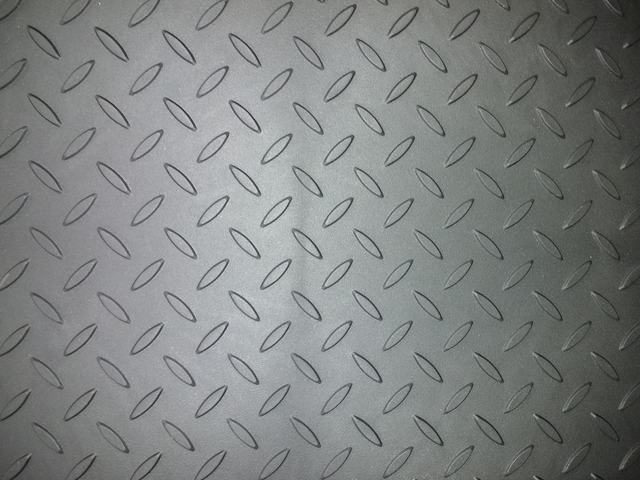
These are the most common 1-sided patterned stainless steels. One side is flat and different textures can be achieved.
The design for the pattern is agreed with the manufacturer and mainly depends on the specific application. However, the main idea of the textures is to use them where surfaces are susceptible to accidental knocks and scratches. Therefore, damages are less likely to be noticed.
Also, building entrances use this stainless steel surface finish to avoid accidents caused by slippery floors.
Popular applications are:
- Building entrances
- Lift cages
- Airport terminals
2W Stainless Steel Finish
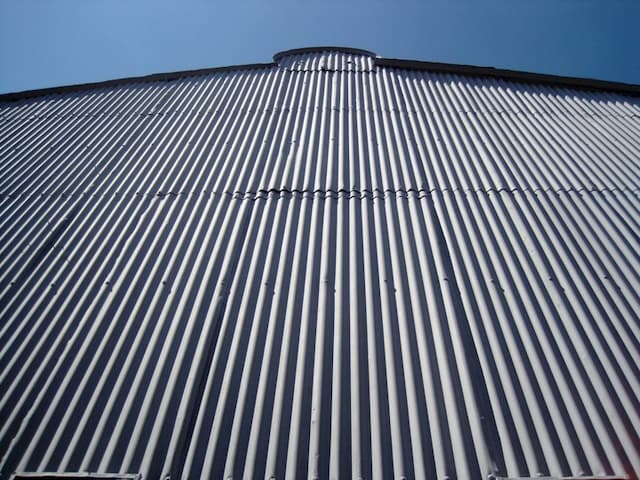
These are 2-sided patterned stainless steels in which patterns are rolled or pressed. The process uses male and female rolls and dies.
Pattern design is defined upon agreement. The result of the surface on both sides is a corrugated texture. Subsequently, it increases strength but also offers aesthetic value.
The applications are the same as the previous finishes, but with the difference that both sides may be visible.
Coloured Finishes for Stainless Steel
These finishes take advantage of the properties of the inert chromium layer at the surface of stainless steels. This layer provides the corrosion resistant properties to the material.
In addition, the chromium layer is easily coloured by chemical processes and then hardened by an electrolytic process. These methods achieve what is known as electrolytically coloured finishes.
These stainless steel finishes can also be patterned if necessary for the application.
2L Stainless Steel Finish

This is the designation for all coloured finishes. Colours are agreed between the manufacturer and the customer. A wide range of possibilities exists.
The main applications involve mainly decorative or ornamental applications. Sometimes the coloured finish is also used to match with other materials in complex designs.


